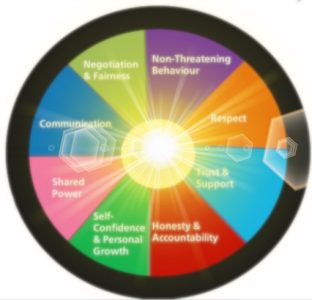7.2 Findings derived from statistical testing
All the null hypothesis formulated are rejected and the following conclusions are drawn based on the testing of Hypothesis.
-
The perceived level of overall Quality of Work Life among college teachers differ based on their gender.
-
There is a significant relationship between the Quality of Work Life and Organisational Citizenship Behaviour based on Altruism
-
There is a significant relationship between the Quality of Work Life and Organisational Citizenship Behaviour based on Conscientiousness.
7.3 Finding based on Descriptive Statistics
-
The average group (Male & Female) QWL score is 185 which denotes an Average QWL among the respondents.
-
The average QWL score of Male teachers is 171 which denotes an Average QWL and the average QWL score of Female teachers is 199 which denotes an Average QWL.
-
The average QWL score of Male teachers (171) is low compared to the Average QWL score of Female teachers (199).
-
The average QWL score of Male teachers (171) is low compared to the Average QWL group score of Male & Female (185).
-
The average QWL score of Female teachers (199) is higher than the average group QWL score of Male & Female (185).
8. CONCLUSION:
The findings of this study should be considered as preliminary as no much study is done to establish the role of moderating variable. The study primarily aimed at understanding the gap between the perceived QWL among college teachers and its effect on OCB. It was well understood that there exist a wide gap between the socially desirable class of behaviour and the behaviour of teachers in an observable form with respect to their perception of QWL Colleges.
Thus it can be concluded that the respondents have an average QWL and Female Teachers have a better QWL compared to Men. The major issues are identified as inter generational communications and interpersonal trust among teachers, which affects their QWL.
This study also contributes to the existing Literature on establishing a relationship between QWL and OCB. Several Limitations are to be noted, the same can be considered by future researchers. OCB is identifies based on 2 dimensions only. The sample size can be enhanced and variables such as teaching environment quality and the personality factor such as attitude can also be explored.







